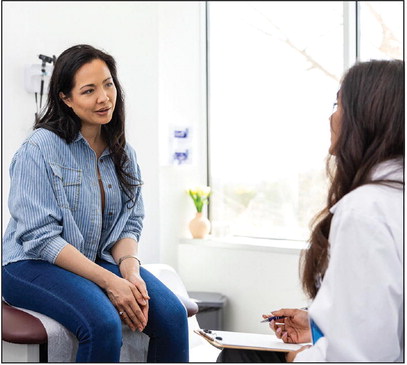Breast cancer is a formidable disease that affects millions of individuals each year. Data fromm the World Health Organization indicates 2.3 million women were diagnosed with breast cancer in 2022, when it was the most common form of the disease in 157 of 185 countries across the globe.
The impact of breast cancer goes beyond those diagnosed with the disease, affecting friends, family members, professional colleagues, and others as well. That far-reaching impact means everyone has a vested interest in learning about breast cancer.
WHAT IS BREAST CANCER?
The Centers for Disease Control and Prevention notes breast cancer occurs when cells in the breast grow out of control. The breast is made up of three main parts known as the lobules, ducts and connective tissue, and which type of breast cancer a person has depends on which cells in the breast turn into cancer.
IS THERE A TYPICAL BREAST CANCER?
No two individuals diagnosed with breast cancer will have the same experience after being diagnosed. However, the CDC notes that most breast cancers begin in the ducts or lobules. The ducts are tubes that carry milk to the nipple and the lobules are the glands that produce milk.
WHAT ARE SOME COMMON RISK FACTORS FOR BREAST CANCER?
The National Breast Cancer Foundation, Inc. notes gender is the foremost risk factor for breast cancer, as the WHO reports that 99 percent of breast cancers occur in women. Additional risk factors for breast cancer include age, with two out of three women diagnosed with invasive breast cancer being older than 55, and race, as the disease affects more Caucasian women than women of other races. The NBCF also notes that women who have dense breast tissue may be at greater risk for breast cancer because such tissue can make it harder to detect lumps.
WHAT CAUSES BREAST CANCER?
The NBCF notes that most women who have breast cancer will never be able to identify an exact cause behind their disease. Common risk factors like gender and age are beyond women’s control, but there are some controllable risk factors that can be avoided. The WHO notes that overconsumption of alcohol and tobacco use are two such factors.
HOW IMPORTANT IS EARLY DETECTION?
The American Cancer Society reports that the five-year survival rate for breast cancers discovered in the localized stage is 99 percent. That underscores the significance of early detection. The NBCF notes monthly breast self-exams and routine clinical exams increase the likelihood of early detection. Women are urged to speak with their physicians regarding how frequently they should be tested, as recommendations vary depending on each individual and their respective family histories.
The basics of breast cancer provide insight into the disease and what women can do to reduce their risk of developing it.







